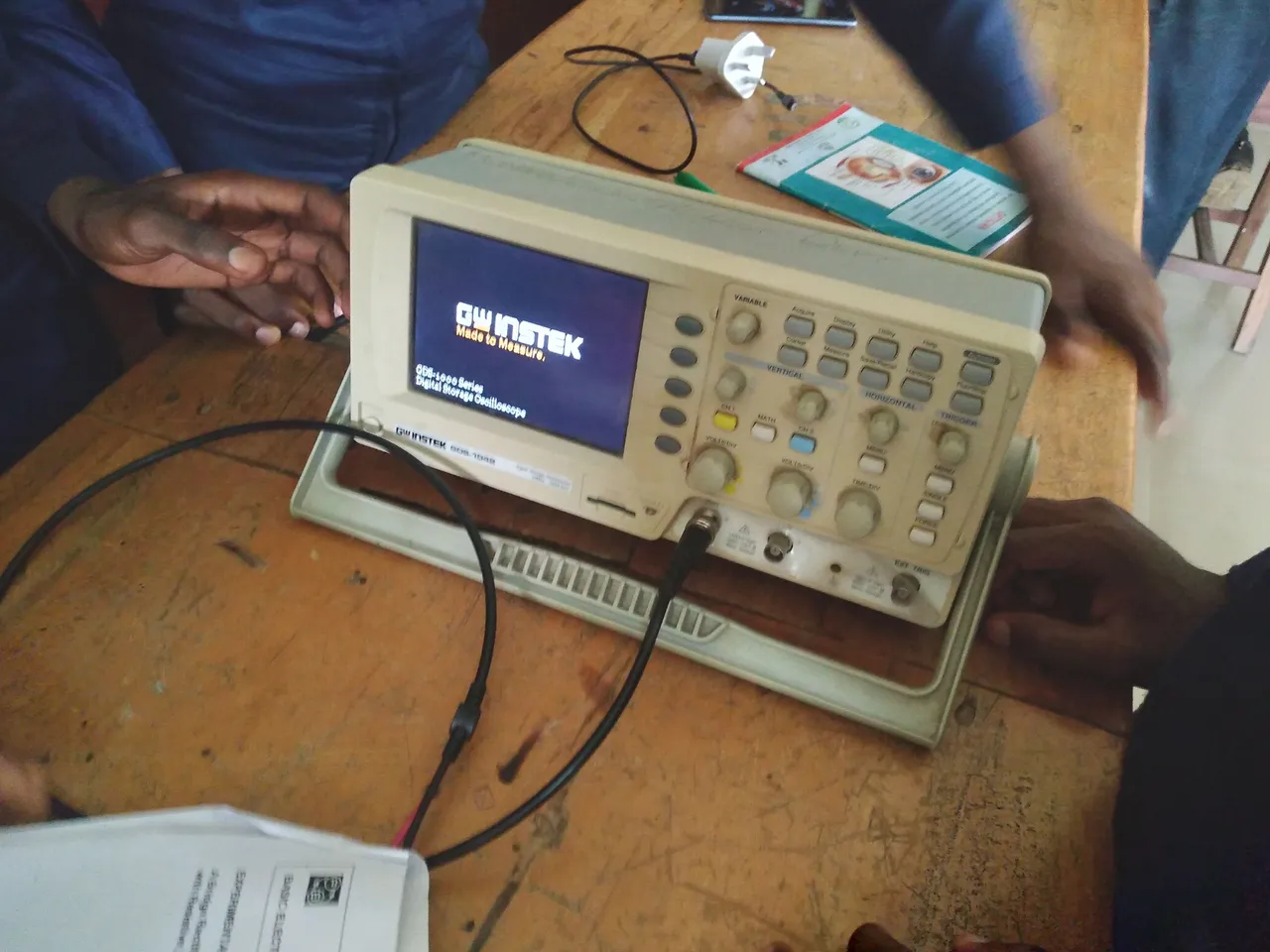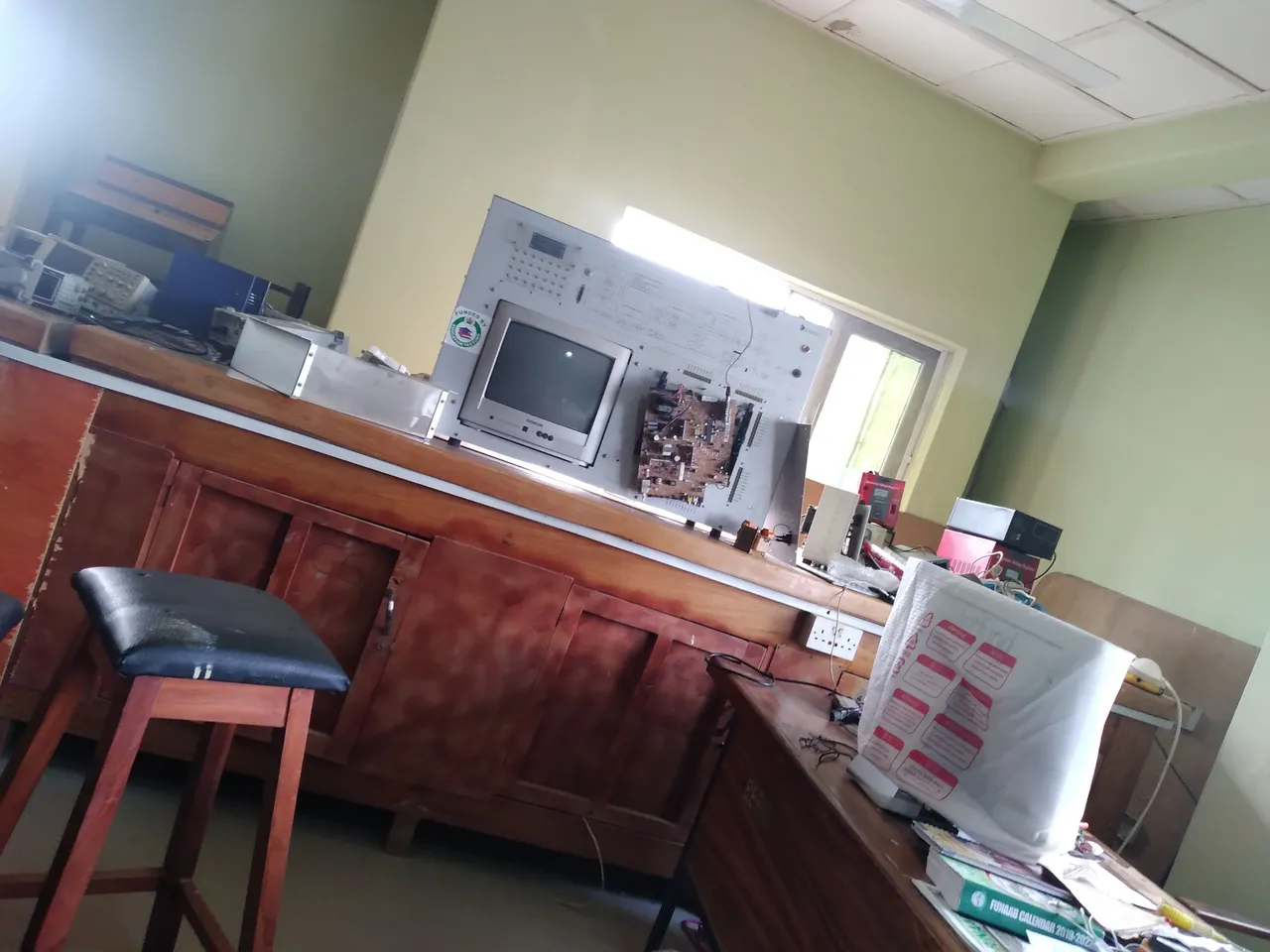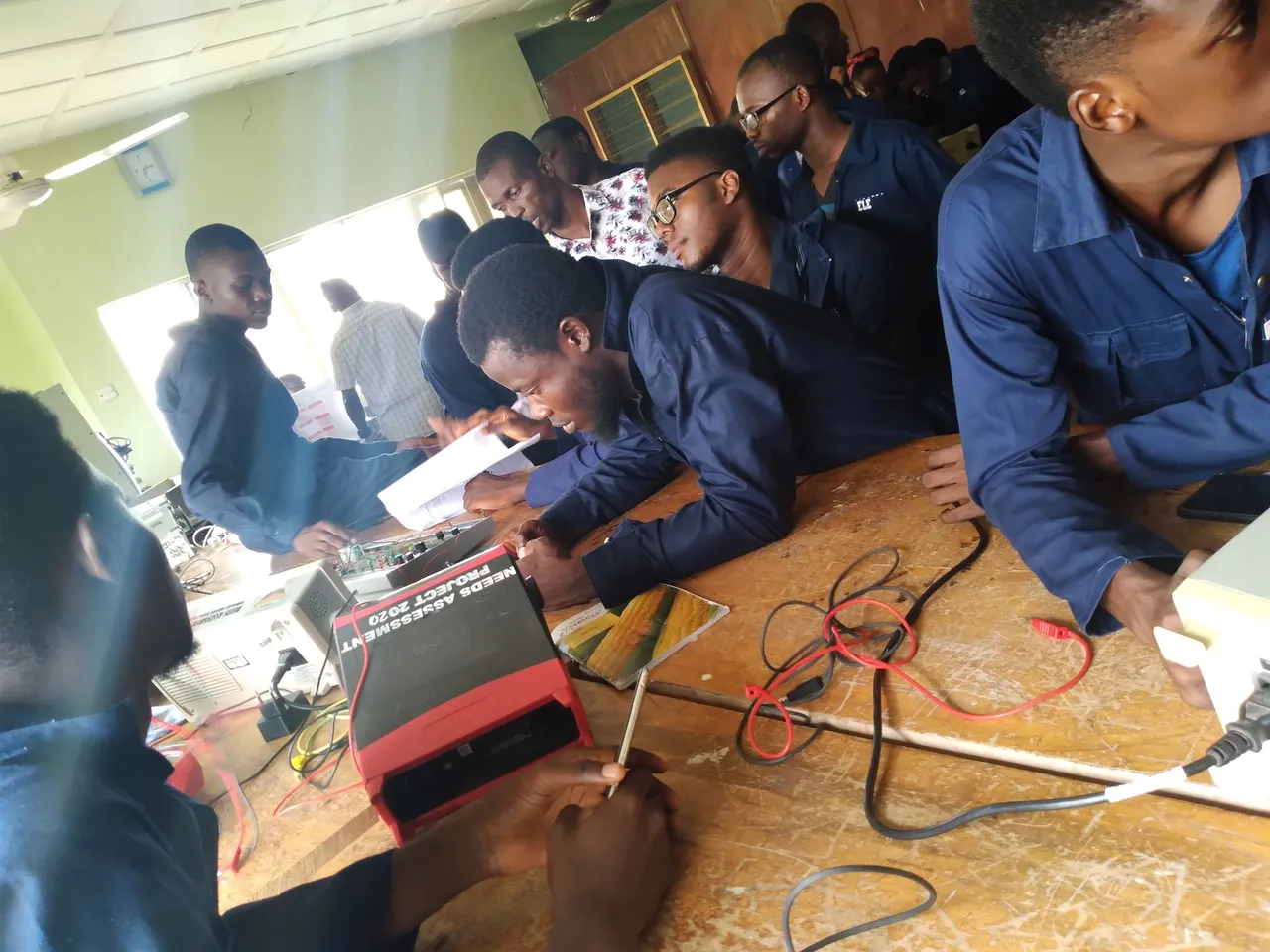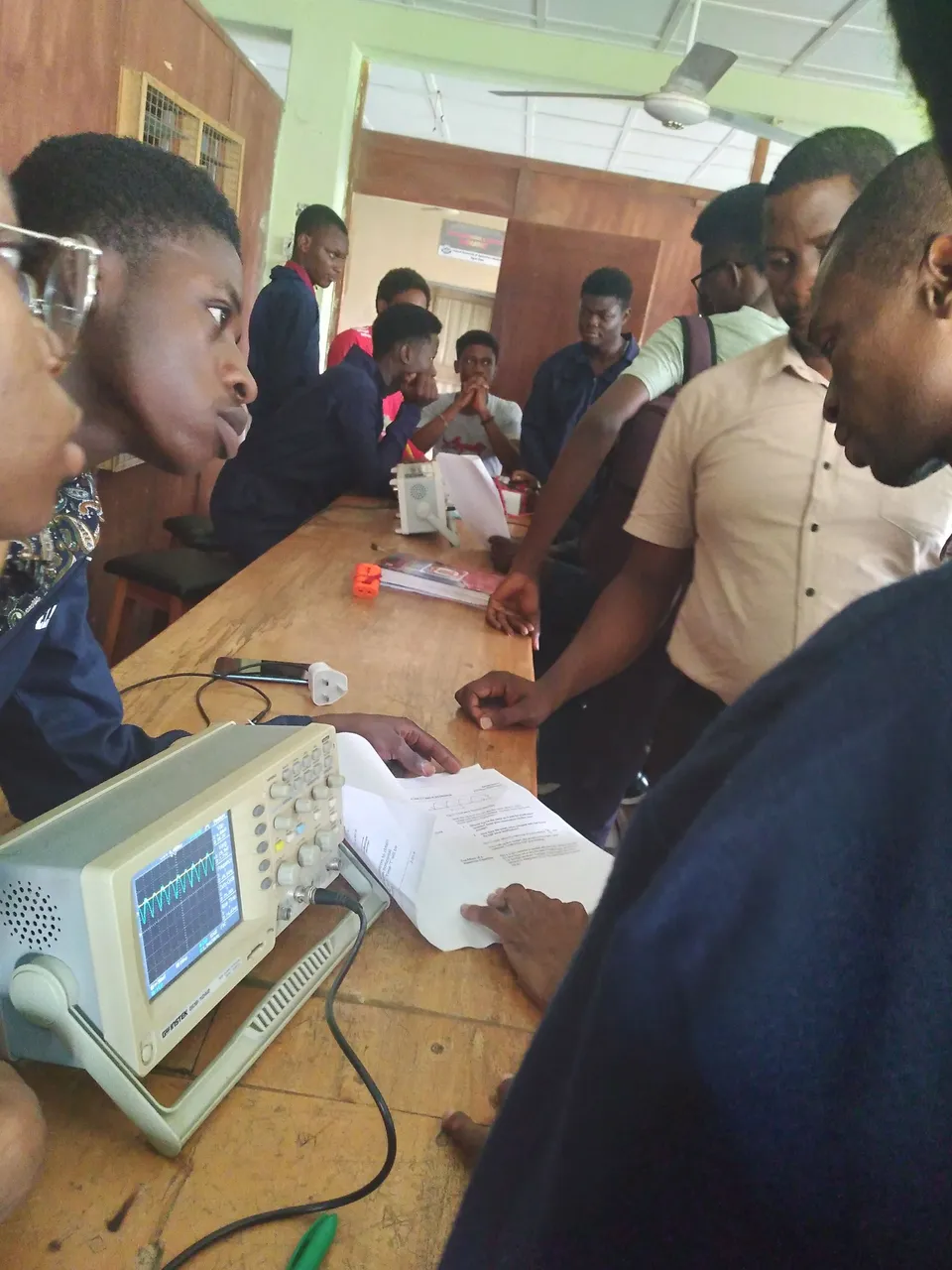Today began on a positive note for me because of the service held yesterday on my campus, which was an ICJCF service for welcoming freshmen into the university with the theme "SHINING LIGHT."
I'll be talking about a small project I did in school today. As I promised, I'll be sharing some basic electronics topics every day. Today's topic was full wave rectification.


COMPONENTS USED INCLUDES
TPS 3321 (Electricity & Semi conductors Training system)
Voltmeter
Oscilloscope (Gwitech digital storage oscillator)
Tps is a training system that is used in public universities, primarily for engineering students. It functions as a simulation board and contains various embedded components such as resistors, diodes, capacitors, step up transformers, step down transformers, transistors, inductors, and variable voltage.



AIM
Creating A full wave Rectification with The Help of 4 Diodes connected in parallel, Calculating The peak value of The full wave and Determining The output voltage with the Help of the Voltmeter.
HOW I AND MY GROUP MEMBERS MADE THE CONNECTIONS
We were splitted into 4 Groups consisting of 10 members each And I happen to be The Group leader of my Team Fantastic Right? Smiles Back to the connections, 10v power supply was Needed from the Tps system which has 12v power supply as Max, I had to vary the knob to get the Actual 10v with the Help of Voltmeter, The output of the Tps was connected to the input of the DiodeThen to the Resistor, Diodes was actually connected in between so as to convert Alternating current to Direct current and also see how diode convert signals.
The output of First two Diodes (D1,D4) connected in parallel was connected to the positive probe of the Oscilloscope and the negative probe was connected to the input of the Diode (D2,D3), And a Voltmeter was connected across Them.


OUTCOME
A sinusoidal full wave form was detected with the little help of our instructor And we were Able to Read the voltage output Across Them which Happens to Be 2.24v And peak value of 8.4



Next class topic has been partially discussed, which is (Half wave Rectification), and I can't wait to share them with this wonderful community as our next class will be held next Monday.
Thank you for taking the time to read my blog.